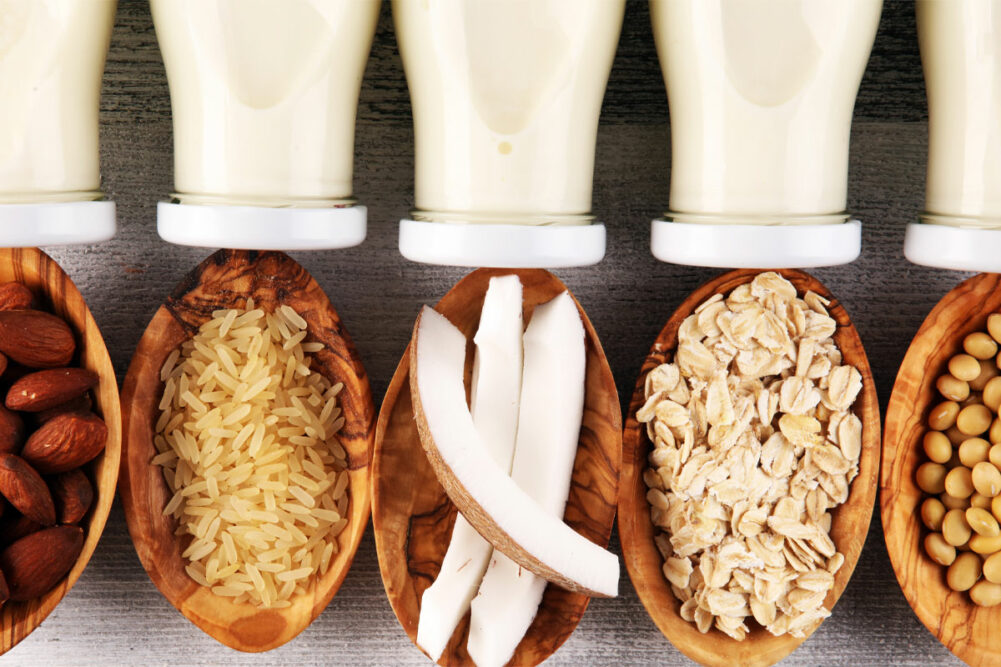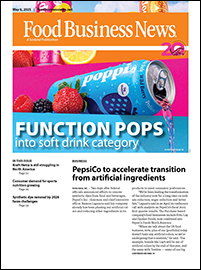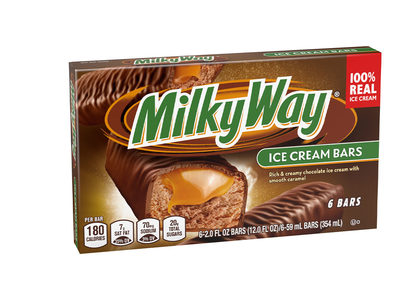MINNEAPOLIS — SunOpta, Inc.’s management team expressed little concern about a deceleration in retail dairy alternative sales in 2022. Noting retail scan data only captures about one-third of category sales, they expressed optimism about the category as a whole and the company’s prospects as its new processing plant in Midlothian, Texas, scales production this year.
“… If you go back even 10 or 15 years, one of the things that you've seen with plant-based milks is just a very consistent low, double-digit CAGR,” said Joseph D. Ennen, chief executive officer, during a March 1 conference call to discuss fiscal 2022 results. “We don't see anything that would suggest there is a deceleration around plant-based milks from a revenue growth standpoint. I mean that has been the CAGR for fully over a decade.”
Data published by IRI and The NPD Group, Chicago, show that at retail, the total volume sales of milk alternatives were down 3% in the 52 weeks ended Jan. 1, 2023, compared to a year ago. Almond and coconut milk alternatives were among the top declining products. Oat milk alternatives offset steeper declines for the total category, with volume sales up 22% versus a year ago.
“We're also seeing really strong growth in foodservice,” Mr. Ennen said. “We continue to see consumers in that channel migrate to plant-based milks. We see when oat milk gets brought in, it is largely incremental, which is a great benefit for the overall category and the momentum.”
Mr. Ennen added that demand was up for most dairy alternative varieties toward the end of the year.
 Joseph D. Ennen, CEO of SunOpta. Photo: SunOpta Inc.
Joseph D. Ennen, CEO of SunOpta. Photo: SunOpta Inc.“I think the first half of the year, it was kind of the all-oat story,” he said. “I think in the back half of the year, I would say we saw a bit of a return to a lot of sectors doing well… We saw coconut milk up, almond milk up, soy milk up, which is great to see, because that is a core competency for us, which is playing not just in a single product category, but actually having an entire portfolio of 9 or 10 different product types to satisfy the consumer.”
For the year ended Dec. 31, the company incurred a loss of $4.8 million, greater than the loss of $1.2 million the company recorded in 2021.
Items affecting profitability included costs related to the startup of the plant in Midlothian.
Annual sales were $934.7 million, up from $812.6 million the year before.
In fiscal 2023, the company is guiding sales will be in a range of $1 billion to $1.05 billion.
“We would expect the majority of that growth to come from volume, with the balance driven by the wraparound of pricing actions taken throughout 2022,” said Scott E. Huckins, chief financial officer. “From an adjusted EBITDA standpoint, we would expect a range of $97 million to $103 million, which represents 16% to 23% growth.
“As we think about the pacing of EBITDA in 2023, we would expect a roughly 45-55 split in the first and second half of the year with the back half benefiting from the ongoing ramp-up of our Texas facility.”





